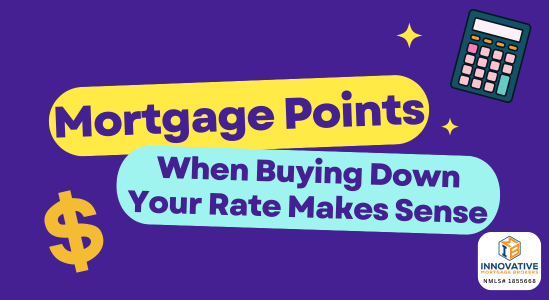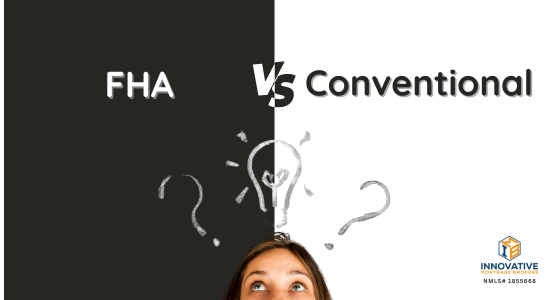See side-by-side loans, real monthly costs, and equity growth in minutes. Buying a home is…
Unique Homes: How Financing Works When Your Home Is One of a Kind
What appraisers and underwriters need to approve unique properties
Thinking about buying or refinancing a home that does not look like anything else nearby? You can often still get financing. The key is showing that typical buyers in the area would want it and that an appraiser can support the value with solid data.
What lenders mean by “unique”
A unique or nonstandard property is one that is not typical for the local market. That might be because of the design, construction materials, location, or how the home is used. These homes can be financed, but the appraisal has to prove market acceptance and a reliable value.
Common examples
- Architectural one-offs and custom builds – Earth-sheltered, geodesic domes, straw bale, 3D printed, or ultra-custom luxury estates with features that comps rarely have.
- Log homes and cabins – Log or timber construction often needs an appraiser who understands local demand.
- Historic or landmark homes – Properties with preservation rules that affect renovations and marketability.
- Conversions – Churches, barns, firehouses, warehouses, or “shouses” that combine shop and house space.
- Remote or off-grid – Homes that rely on wells, septic, solar, generators, or have limited access.
- Tiny homes, barndominiums, and container homes – Still emerging in many markets, which means fewer comparable sales.
Why these homes get extra scrutiny
- There may be few similar sales to compare.
- The appraiser must prove market acceptance and explain any large adjustments.
- Some lenders may limit LTV, restrict certain programs, or route the loan to portfolio or Non-QM if the value is hard to support.
How the agencies look at unique homes
Final eligibility depends on the specific property, appraisal, and lender overlays.
Fannie Mae and Freddie Mac
- Eligible if the appraiser can show a reliable value and marketability.
- Appraisers can use older sales, nearby markets, or different designs with thoughtful adjustments when true “like-for-like” comps do not exist.
- Non-traditional elements do not automatically make a property ineligible.
- 3D printed homes that use traditional design and materials may be treated like standard homes if market acceptance is shown.
What underwriters want to see
- A detailed description of improvements and features
- Clear commentary on how the home compares to the neighborhood
- A comps strategy that makes sense and supports buyer appeal
FHA
- Calls these “nonstandard house styles” such as log, dome, or earth-sheltered.
- Requires the appraiser to state the home appears structurally sound and readily marketable.
- Appraiser must provide three comparable sales. If they are older or farther away, the appraiser must explain why and show market acceptance.
- HUD Minimum Property Standards still apply. If marketability is too limited, FHA will not insure the loan.
VA
- Accepts nonstandard construction if the home meets local building codes and MPRs for safety, soundness, and sanitation.
- Requires at least three comparable sales and a strong narrative on buyer appeal.
- Alternative energy systems are allowed when market acceptance is demonstrated.
- Unique does not mean ineligible, but expect closer review.
USDA
- Focus is on homes that are predominantly residential and in eligible rural areas.
- Income-producing buildings are not allowed if they are primarily commercial or agricultural.
- In very remote markets with limited sales, the appraiser may use other USPAP-compliant methods when the sales comparison approach is not credible, with full explanation.
What this means for you as a buyer or homeowner
Expect a deeper appraisal
- The appraiser may reach wider for comps or use older sales with careful adjustments.
- Expect more photos, more commentary, and more explanation of marketability.
Program and LTV differences
- If market acceptance is clear, conventional, FHA, VA, or USDA may work.
- If the value is hard to support, you may see tighter LTV limits or need a portfolio or Non-QM option.
- A stronger down payment can offset valuation risk and open more choices.
How to strengthen your file
- Bring documents early
Plans, permits, specs, utility details, engineer reports, energy system documentation, HOA or preservation requirements, and any contractor warranties. - Show local acceptance
A list of nearby sales with similar features, even if older or a bit farther away. If the area has a community of similar homes, highlight it. - Explain the use
If there are outbuildings, clarify residential use. If there is any hobby agriculture, make that clear so the value remains residential. - Budget for due diligence
Unique systems may require specialized inspections or reports.
FAQs
Does a unique home mean a higher rate?
Not automatically. Pricing depends on the program, risk profile, and lender appetite. When value is well supported, pricing can be very close to standard homes. We shop across many lenders to find competitive rates.
What if the appraised value comes in low?
You can renegotiate, increase your down payment, consider a different program, or supply additional data for reconsideration of value. We will outline options before you lose momentum.
Can a second appraisal help?
Sometimes. Certain programs or lenders allow a second opinion if there are clear concerns with the first report. We will advise when it actually helps.
Will solar, geothermal, or off-grid features hurt or help?
They can help if the market values them and the appraiser can show it with comps. Documentation is key.
About Innovative Mortgage Brokers
We help buyers and homeowners finance homes that are anything but average. Our team works with 30+ lenders, understands how unique property appraisals are reviewed, and knows which programs fit unusual designs, historic designations, and off-grid features. You will get clear options, competitive rates, and a plan to move from offer to closing without surprises. Ready for a quick read on your scenario? Share the address and we will outline the path.





